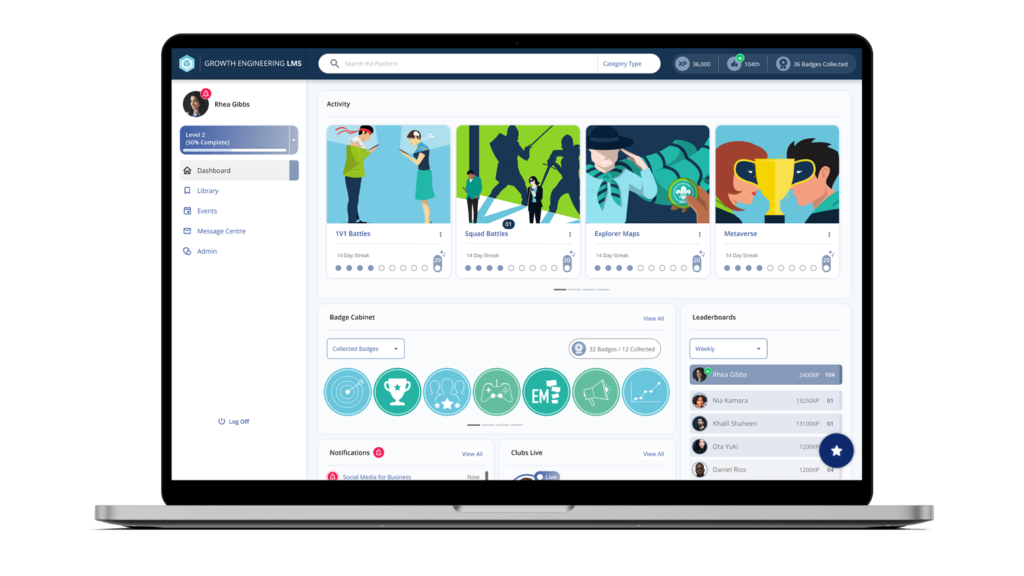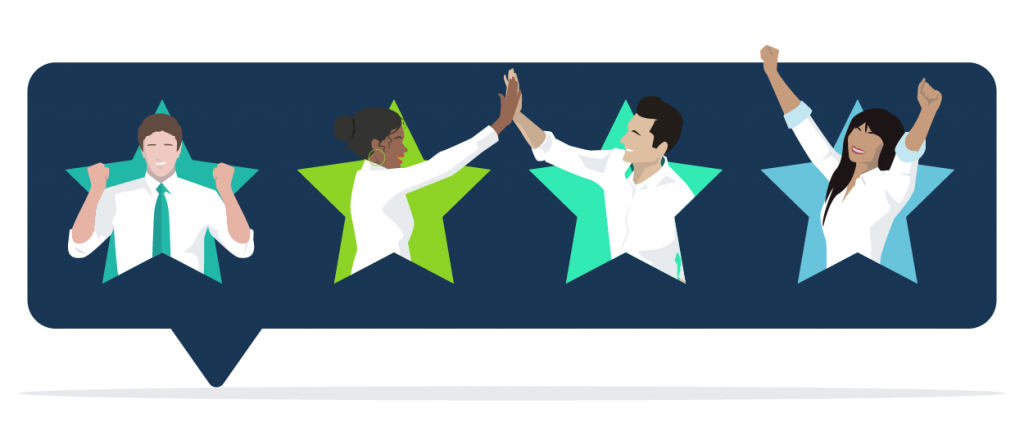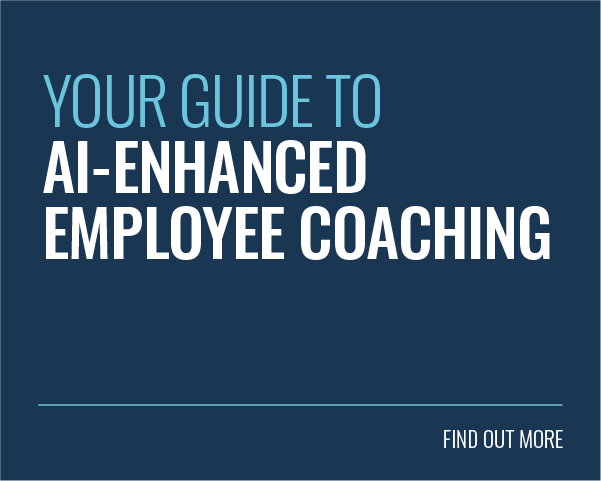In our recent article, we shared 12 different use cases for your learning technology solutions. Today, we go more in-depth as we dive into the world of onboarding!
The ultimate goal of onboarding is to bring new team members up to speed quickly, so they can start making an instant impact. To do this, you will need to create an orientation process that enables them to unleash their inner superheroes.
Successful onboarding is a crucial element of both individual and organisational growth. In fact, the value of onboarding cannot be exaggerated. It ensures your employees, partners, and customers have all the tools and features they need to perform in their roles.
Nowadays, as the world is rapidly moving online, the optimum approach for onboarding your team has started to shift. Locking your newbies in a room to watch a grainy old induction video is no longer enough. So, here at Growth Engineering, we vouch for online learning!
With innovative and engaging learning technologies, you can onboard your new hires, partners or customers appropriately. By building their self-confidence, improving task proficiency and recognising underlying skill gaps, your new team members are ready for the challenges that lie ahead.
But why is onboarding so important? Let’s take a closer look!

Importance of Onboarding
To put it simply, onboarding can make or break your organisation. It affects an employee’s experience with a company, a customer’s experience with a product or service, or a partner’s impact on sales. So, it’s kinda a big deal, huh?
Effective onboarding sets individuals up for success. Every extra day new employees or partners spend on learning is a day away from creating revenue for your company. So, the quicker they learn, the quicker they can start succeeding in their roles. As such, a poor onboarding process can lead to significant financial losses. In fact, the total cost of turnover per employee ranges from 100-300% of the individual’s salary.
The same goes for customers! The better onboarding they get, the more likely they are satisfied with your company, brand and product offering. And like we know, happy customers are loyal and help to spread the good word about your organisation. So, soon you will have an army of satisfied customers! And let’s be real, that’s the dream of every business.
Using Learning Technology Solutions for Onboarding
Businesses are increasingly adopting interactive online learning technologies, such as learning management systems (LMS), to offer an efficient onboarding process for all individuals within their organisation. With online learning technology, you can take advantage of features that make onboarding as streamlined as possible.
The experience should never be overwhelming, as the process needs to give your fresh-faced newbies the information they need to perform well within their role. With an automated process, you can get your new hires, partners or customers up to speed quickly. But lucky you, that’s not the only benefit!
1. Resources
Onboarding software offers several distinct advantages to the organisation. For instance, a traditional paper-based onboarding process is often time-consuming and expensive.
With learning technology, you can solve these major onboarding disadvantages effectively. For example, with online learning techniques, employees can learn 5 times more material compared to using offline learning methods.
Onboarding costs incorporate both the equipment you need to purchase and the opportunity cost involved in helping new team members transition into your organisation. Having all the onboarding material in one centralised location helps streamline management and delivery of the onboarding process. As a result, your company can save resources and money.
2. Industry Knowledge
The first day in a new position often feels scary. Think back to your first day. We bet you have at least had some butterflies flying in circles in your tummy! Do I fit in? Do I have all the experience I need? What if I say something stupid? So, with all the new information and people, there sure is a lot to take in.
Fortunately, with online learning, you can ensure your new team members are not overwhelmed. As all onboarding information is in one place, and easily accessible anywhere and at any time, both old and new users can go back to these resources at the point of need.
And what’s more, learning paths clearly display what content needs to be completed next! Learners know exactly what stage of the training journey they are at and what the ultimate goal is. With progress markers and an ultimate destination, it’s easier to manage the process and keep track of your development.

In fact, a learning management system is an excellent tool for onboarding if you wish to launch personalised training inventions that provide job-specific resources. For example, The Academy LMS offers customised learning pathways. Not every resource, material or learning object is relevant to your entire team. Customisability ensures individuals only get learning material relevant to them.
You can also target personal pain points after identifying any gaps in the skills of your new team members. They then have the opportunity to focus on individual goals on top of organisational objectives.
Digital resources allow new users to learn and digest at their own pace. As such, they can quickly go through content they already know and take more time for information they are unfamiliar with.
3. Housekeeping
Having all learning material in one place does not only benefit the end-user. Managing an onboarding process can be a painstaking process. Taking it online, improves efficiency, saving you time, money and resources.
You can create a process that feels modern, easy and engaging. Nobody enjoys filling in numerous documents when you can do the same activity in a few clicks online.
And what’s more, learning technology prevents inconsistency and limits human error. In traditional classroom training interventions, some information may be left out or presented differently by mistake. As online learning technologies automate the onboarding process, all individuals can get the same introductory training.
4. Competition
Here at Growth Engineering, we love game-based learning and gamification! Whether it’s fighting zombies, trying to identify the Imposter or something more simple, like climbing up the Leaderboard. By adding gamified elements to your learning, you can take engagement to the next level. And that’s why we firmly believe your onboarding process should be gamified too.
Onboarding is the first picture your new team members get of your organisation. So, by using fun and engaging elements, you make sure that the first impression is positive.
Using features like Experience Points, Badges and Leaderboards will spark competition inside your newbies. You’ll even find that they are compelled to complete training on topics that are typically considered ‘boring’. Get ready to see the completion rate on your Health & Safety and Compliance content skyrocket!
The more learning material they explore, the higher they rise on the Leaderboard. And let us tell you. Nothing provides more motivation than the desire to be ‘top dog’.

5. Team spirit
New processes and responsibilities take time to learn. Throw in a handful (or five) of new people, and it can quickly get overwhelming! Adding social elements to your onboarding platform lets your whole team welcome new members into the crew.
A collaborative learning platform does not only benefit the fresh-faced newbies but older members of your team. Features like Social Feeds, Expert Areas, Chats, Clubs and Groups make sure your team has the tools to share knowledge and collaborate.
This can be especially useful with newcomers. They are able to share a post on the social feed or ask for help directly via a live chat. As a result, adopting a knowledge sharing culture can speed up your onboarding process considerably.
So, whether you are looking to onboard employees, partners or customers, online learning solutions provide an excellent approach. But let’s dig a bit deeper! In the next section, we will explore different types of onboarding that can occur through a learning technology solution. This includes employee, partner and customer onboarding, not to forget re-onboarding.
Unlimited Engagement on Growth Engineering LMS

Employee Onboarding
Did you know that new hires take up to 8 months to reach full productivity? And an average company loses up to 2.5% of their total revenue on the time it takes to bring new employees up to speed. Accordingly, the onboarding process should be as quick and efficient as it can be.
Onboarding also has a tremendous impact on retention. For example, organisations with a strong onboarding process can improve new hire retention by 82%. This is extremely important, as the average cost of hiring a new employee reaches over $4,000.
If your employees leave after just a few months, you’ll have to start that expensive process again (and again…) until you recognise how to keep intellectual capital within your organisation. Not ideal, huh?
An excellent onboarding process makes sure that new employees will become more productive and start generating revenue faster. To achieve that, online learning technologies allow you to tailor the process to the needs of your learners. What is essential information for one role may be irrelevant to another.
The goals of employee onboarding are pretty straightforward. Newbies must complete training on their specific job function, as well as any compliance-related training. But introducing them to your organisation and its mission, vision and values, is a great place to start! Once the basics are under the way, it’s time to dig deeper and explore job-specific content.
With added gamification elements, you can introduce individuals to new processes with game-based components. This can stir up instant interest, enthusiasm and engagement. And engaged employees also have 21% greater profitability and 17% higher productivity!
All in all, effective employee onboarding can lead to higher job satisfaction, organisational commitment and performance levels. It also leads to lower turnover and stress for employees.
And as icing on the cake, new employees who go through structured onboarding programs are 69% more likely to stay in their organisation for up to three years! How does that sound?
Re-onboarding
Recent challenges, such as furloughs caused by the COVID-19 pandemic, introduced us to a new kind of need: re-onboarding. In the latter half of 2020, some organisations started to welcome their team members back to work. And some even went back to re-opened offices.
But returning to work after such unusual experiences might feel strange or overwhelming. In fact, for many, the ‘new normal’ is going to look different from the pre-lockdown normal. As such, organisations need to be prepared to re-welcome and engage their team members back to work.
We created an article devoted to the topic. Make sure to check it out to ensure your re-onboarding process is top-notch!
Partner Onboarding
As mentioned, your partners and channel team members need onboarding too. These individuals can bring a lot of value to your business. But similarly to any business partnerships, there’s a lot that can go wrong.
Onboarding is one of the most important steps in a channel partner relationship. It provides your partners with the skills and knowledge they need to become successful in their role, so that you can achieve mutually beneficial results. A well-planned foundation is key to building a strong relationship with your partners.
A poor onboarding experience can lower the credibility of your business and ruin possible future partnerships. More importantly, it can reduce the value that partners bring to your organisation. This, in return, limits the growth and success of your business.

Online learning technology can play an indispensable role in ensuring that your partners and members work to your organisation’s benefit. With learning technology, you can establish an effective onboarding process and track their progress effortlessly.
A multi-tenant learning management system, like The Academy LMS, is a helpful tool for partner onboarding and training. The extensive customisation options and admin controls help you to meet the needs of your extended enterprise. The more they know about your products and the more confident they are, the more invested they’ll become in your business overall.
These solutions also offer gamification and social features, which are equally as useful in the partner onboarding process as in employee onboarding. Your partners will feel part of the team by being able to communicate with other members. Gamification, on the other hand, makes everything more fun. And who would dislike that? Not us, at least!
Customer Onboarding
Like we all know, first impressions matter. As such, one of the most critical points of a customer journey is their onboarding experience.
The goal of customer onboarding is to have them understand your product and organisation to its full capacity. Just telling them how to use a product is not enough. Instead, you should utilise hands-on and in-depth demonstrations. However, onboarding isn’t just about sharing everything related to your products and services. It’s about working alongside your customers as a part of their team.
Effective onboarding means that your customers get more value out of your product offering, which increases customer satisfaction and engagement. This, in turn, means that they stick with you for longer! And did you know that the cost of acquiring new customers is up to 25 times higher than retaining your existing ones?
In fact, a good onboarding experience is one of the biggest deterrents to customer churn. Churn refers to the rate at which customers stop doing business with you. Therefore, it’s extremely important. In fact, just a 1% customer churn rate can have a 12% impact on the company’s value over five years.
Utilising learning technology for customer onboarding also allows you to stay ahead of questions. This results in fewer enquiries in your support team’s inbox, which saves their precious time. And as a bonus, online learning technologies are also an excellent tool for collecting data! As such, you can create customer surveys and assessments to understand every aspect of your client journey.
Final Words
By now, you should be able to recognise the immense benefits of online learning technology on onboarding. Individuals, whether it’s your employees, partners, customers or other stakeholders, can get up to speed faster and more effectively than ever.
Are you in the need of an online learning technology solution that meets all your onboarding needs? Book a tour of our learning management system, The Academy LMS now, to learn how we can help you tackle onboarding challenges!





